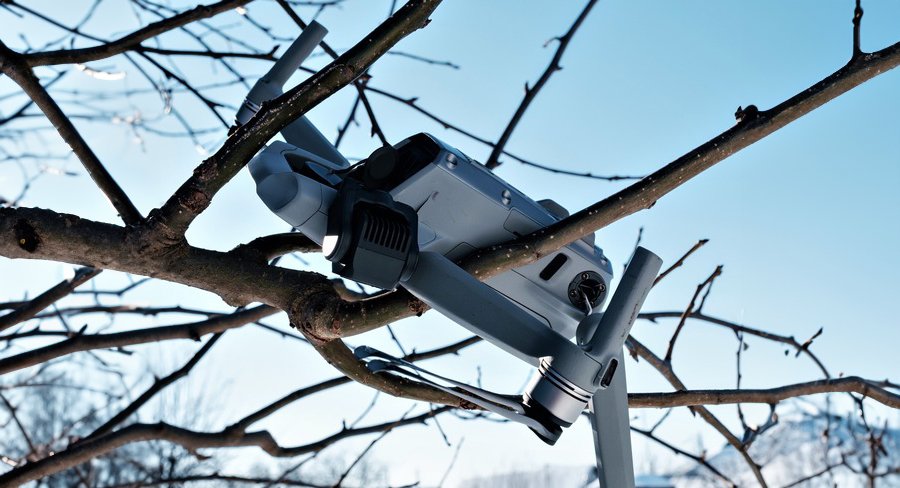The commercial use of drones has exploded across the United States—there are now over 340,000 registered commercial drone pilots. Solar, in particular, has embraced drones as a much safer, quicker, and more accurate alternative to climbing on roofs for site surveys.
But even the safety of drones doesn’t stop issues from happening, like a small break from a crash or hard landing.
While we always recommend having a spare drone so Surveyors are not stalled, the fact remains that you’ll need to figure out drone repair quickly to avoid slowing down your work.
Here’s what you need to know when it comes to finding the best way to repair your drone.
1. Prevention is the best solution
Ideally, you never need to get a drone repaired. And even if you do, you want to already know the repair path you’ll take. We recommend the following factors:
1. Pilot skill: Consider training like Scanifly Academy to learn more about flying a drone for solar projects, then getting your Part 107 license if you don’t already have it. These courses will teach you not just proper flight setup for drones but also help you understand the nuances of using different flight apps. With this skill base, accidents are far less likely.
2. Weather conditions: Pay attention to the environment when you’re looking to fly a drone. Dangerous conditions like heavy winds, create a challenging environment to fly in, even for the most skilled pilot. Further, not flying drones if it’s too cold or too hot, will help you avoid problems in the first place.
3. Extended warranty: If something happens, knowing precisely what you’ll do next is helpful. Thankfully, manufacturers make it fairly easy to purchase extended warranties with offerings like DJICare, AutelCare, or Skydio Care.
4. Upgrade software and firmware: Upgrading software and firmware on all your devices is important. For example, an outdated firmware version on your remote controller, and updated firmware on the drone can sometimes lead to intermittent connection issues mid-flight.
If you focus on your pilot skill and flying in the right conditions, you could avoid needing to repair your drones for their entire useful life. And having extended warranty coverage means you simply don’t have to worry about it and can focus on the rest of your work.
2. Start with the manufacturer (even if you don’t have extended coverage)
The best place to get your drone repaired is with the original manufacturer. Not only do they know their hardware and software best, but they are most likely to have certified parts that don’t void the warranty.
Even if you didn’t purchase extended warranty protection, working with the manufacturer is still preferable because they will use certified parts and stand by their work to a greater degree than some third-party repair shops.
Note: If you purchased a drone that has been modified or rebranded for specific use cases by a second company, you might need to work through that second company. You might incur additional fees, depending on your contract language, so be aware of this possibility.
3. Only use the certified repair shops
If you can’t use the manufacturer for any reason, you can look for a repair shop. However, the space is relatively new and growing, so it can be hard to separate high-quality shops from people looking to cash in on novel technology.
When looking for a repair shop, the key thing to look for is that they are manufacturer-certified and, if possible, they offer a service warranty. If they aren’t, there’s a high chance that any repairs they do will void the warranty.
Even if warranties are not a concern for you, non-certified shops may not have access to the right parts—and in a commercial use case, you always want to ensure you have the right parts.
Know the difference between a repair and an upgrade
Sometimes you just need a quick fix on a small part of the drone. But if you notice multiple issues at once or compounding issues—like a body damage repair and the battery reaching the end of its life—it might be less expensive to simply upgrade, rather than repair your drone.
Whichever path you choose, keeping your drone in top shape—whether through upgrade or repair—is ultimately about business growth.







